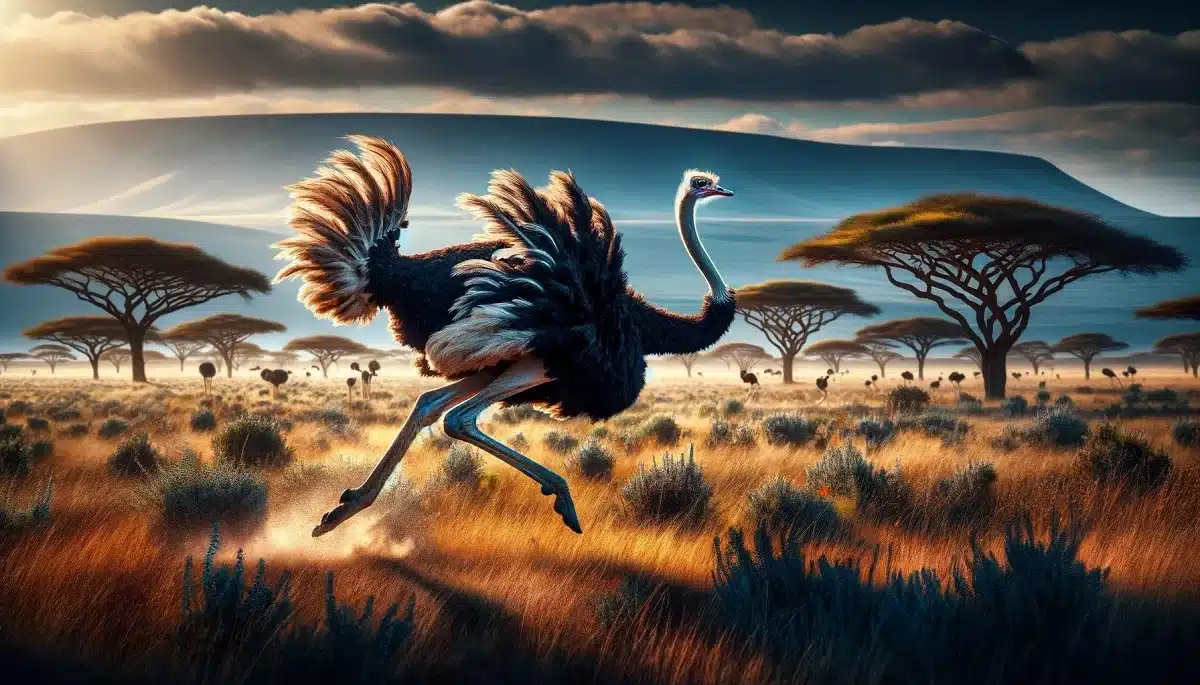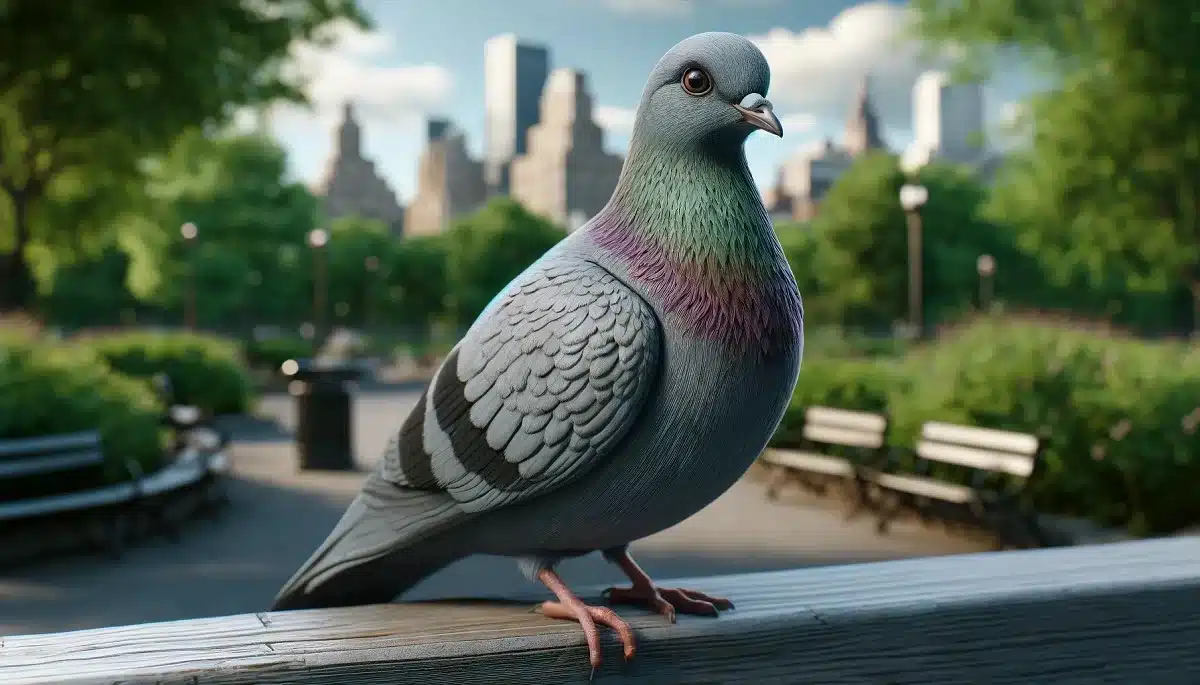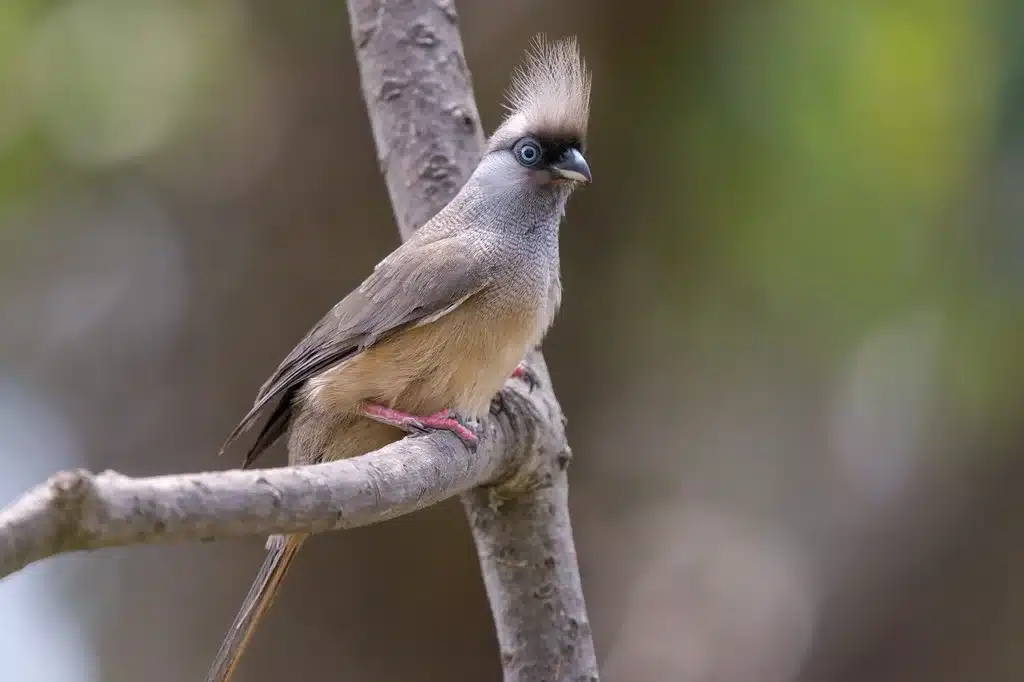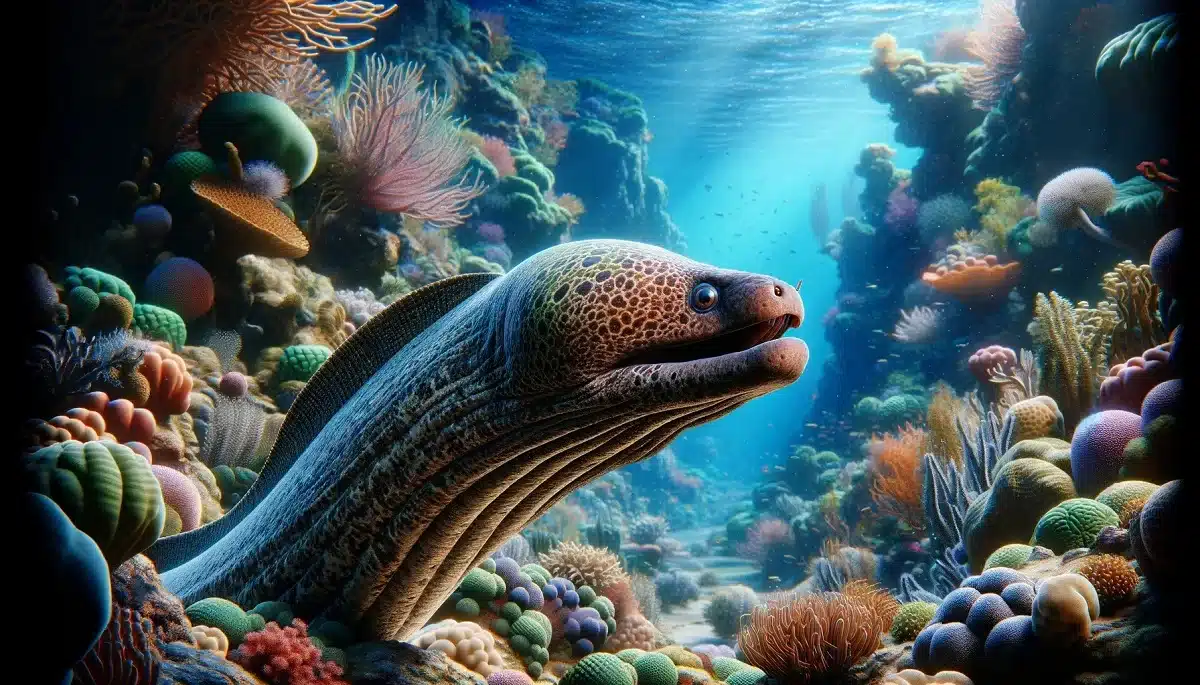Ostriches are known as the largest birds on earth, and with these features they attract the attention of both nature lovers and scientists. In this section, we will discuss many aspects of ostriches in detail, from their physical structure to their habitat and their unique features to their social behavior.

Physical Structure and Dimensions of the Ostrich
The ostrich is a giant in the bird kingdom with its size and weight. Males can usually reach a height of between 2.1 and 2.8 meters and a weight of 100 to 160 kilograms. Females are slightly smaller and lighter. The most striking features of these birds are their long necks and legs. Their powerful legs allow them to run at speeds of up to 70 kilometers per hour. In addition, although ostriches cannot fly, their large and strong body structures make them advantageous in defense.
Habitats and Natural Habitats of Ostriches
Ostriches live mostly in the open savannahs of Africa, on the edges of forest areas, and in near-desert grasslands. Suitable habitats offer wide open spaces and access to adequate nutritional resources. These birds are well adapted to hot, dry conditions and can be found in a variety of habitats, but avoid dense forest areas.
Physical Characteristics and Adaptations of Ostriches
Unique Physical Characteristics of Ostriches
Two important physical adaptations of ostriches stand out: their strong legs and large eyes. While their legs enable them to quickly escape in case of danger, their large eyes help them detect movements around them even from long distances. These characteristics allow ostriches to survive in habitats full of predators.
Adaptation and Survival Skills
Ostriches have less water needs than most birds, and the water they get from the food they find is usually sufficient. Additionally, their ability to regulate their body temperature and their habit of resting in the shade during the hottest hours of the day make them resistant to harsh desert conditions.
Social Behavior of Ostriches
Herd Behavior and Hierarchy
Ostriches often live in groups. These groups consist of several females and a dominant male. The male may exhibit aggressive behavior towards other males to protect his territory and his herd. Females within the herd tend to raise their offspring together, which increases the offspring’s chances of survival.
Communication Methods and Behavioral Characteristics
Ostriches communicate by making various sounds and using their body language. The deep sounds made by males, especially during the breeding season, are intended to attract females and warn other males. They also have defense mechanisms such as lowering their heads to the ground or placing them in a horizontal position when they perceive a threat, which is an often misunderstood behavior of theirs; Because ostriches do not bury their heads in the sand, they just try to attract less attention by keeping a low profile.
Feeding Habits of Ostriches
Ostriches are very flexible creatures when it comes to nutrition and feed on an omnivorous diet. In this section, we will detail what ostriches eat, how they feed, and how these feeding habits are integrated into their life cycle.
Diet of Ostriches: What Do They Eat?
The diet of ostriches includes many different foods, such as plants, seeds, fruits, flowers and insects. They sometimes also eat small invertebrates and other small animals. This wide range of diets allows them to survive in a variety of habitats and changing environmental conditions.
Nutrition Strategies and Food Sources
Ostriches are very effective in their search for food and use different food sources effectively in their large habitats. For them, water is a critical resource, especially during dry periods, but the amount of water they get from their food can often be sufficient. During the rainy season, when water resources are abundant, ostriches prefer green plants and thus meet some of their water needs directly from these plants.
Life Cycle and Reproduction of Ostriches
Reproductive Period and Mating Rituals
The breeding season of ostriches usually coincides with the rainy season because food is more abundant and conditions are more favorable for the young. Male ostriches perform complex and showy dances to attract females. During these dances, the males’ feathers fluff up and their necks and legs turn red, making them more attractive.
Egg and Incubation Processes
Female ostriches lay an average of 5-11 eggs in large nests, usually built on the ground, but this number can be up to 50 because more than one female can use the same nest. Male and female ostriches share the task of incubation: females incubate during the day, and males with higher camouflage skills incubate at night.
Baby Ostrich and Their Growth Stages
Development of Baby Ostriches
Baby ostriches reach full size about six months after hatching, but it can take several years for them to reach sexual maturity. Cubs grow rapidly from the incubation period onwards, and this rapid growth requires them to be able to run fast enough to protect themselves from predators.
Survival Strategies of Young Ostriches
Young ostriches develop strategies that include camouflage and remaining immobile to avoid predators. Growing up in a herd gives them additional protection because group living creates a more effective warning and defense system against predators.
These chapters describe in detail the different stages in the lives of ostriches and the important aspects of each of these stages, so that readers can gain a comprehensive understanding of the complex and interesting life cycles of ostriches.
Habitats and Protection of Ostriches
Ostriches are known for their adaptability and impressive size, but habitat conservation and sustainability is critical to the future of these unique species. In this section, we will focus on the habitats, geographical distribution and conservation efforts of ostriches.
Natural Habitats and Geographic Distribution
Ostriches are mainly native to the African continent, but different species can be found in different geographical regions. Savannas, shrublands, forest edges and semi-deserts are the preferred habitats of ostriches. This wide distribution demonstrates the ability of ostriches to adapt to a variety of environmental conditions. However, habitat loss, especially due to the expansion of agricultural lands and urban development, threatens the habitats of ostriches.
Conservation Studies and Continuity of Generation
Conservation of ostriches is part of efforts to preserve biodiversity and ecological balances. National parks and reserves are important places to protect ostriches’ natural habitats. In addition, international and local wildlife conservation organizations carry out various projects for the protection of ostriches. These projects cover a wide range from habitat restoration to anti-poaching and environmental education.
Ostriches and Humans: Interactions and Impacts
Ostrich Farms and Economic Value
In recent years, ostriches have become an important agricultural animal, raised for their meat, skin and feathers. Ostrich farms are an important area of economic activity, especially in South Africa. In these farms, ostriches are raised under control and various products are obtained. This industry can also contribute to the conservation of ostriches because it reduces pressure on natural populations and their economic value may increase interest in their conservation.
Effects of Human Interactions on Ostriches
Interactions between humans and ostriches are diverse and can have both positive and negative consequences. Tourism can be an important source of income for people who want to observe ostriches, providing financial support for conservation efforts. However, human intervention and environmental changes can negatively affect the natural behavior and habitat of ostriches. Therefore, ensuring that ostriches and humans coexist sustainably should be at the heart of conservation strategies.
Ostriches’ habitats and conservation are vital to the future of humans’ relationships with these impressive birds. Proper management and conservation strategies will ensure that ostriches are protected for future generations and that their admirable natural behavior continues.






